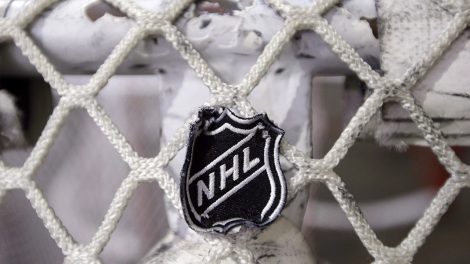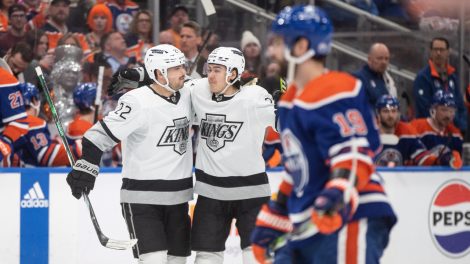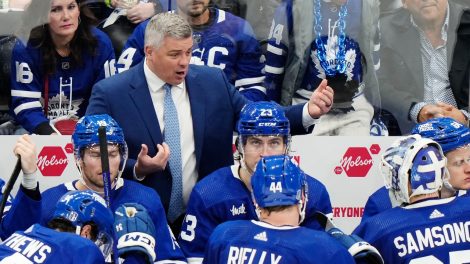How vicious must a slew-foot be to warrant a suspension and not just a penalty? Why was P.K. Subban disciplined by the league and David Perron given a pass? Are Shanahan & Co. even watching all the games?
And what exactly is the process the National Hockey League’s Department of Player Safety takes when assessing which incident is worth a hearing a which isn’t?
The league’s disciplinary judgments are often viewed by both fans and players (not to mention GMs and owners — we see you, Mr. Melnyk) as being inconsistent and unpredictable.
To help clear up some of the grey areas, the NHL has launched a series of educational videos designed to help players and fans better understand how specific infractions are viewed and evaluated.
In short, which actions are legal and warrant no more punishment than an in-game penalty and which infractions demand a supplemental discipline hearing.
In the first installment, the league’s chief disciplinarian, Brendan Shanahan, breaks down the four-step process by which the Department of Player Safety evaluates a suspension.
A series of explanatory follow-up videos, each zeroing in on a specific rule infraction — goalie interference, slew-footing, kneeing, et al. — is gradually being released by the league. The short clips use examples from in-game action to illustrate Shanahan’s guidelines.
Watch all of the videos released thus far below.
The Evolution of a Suspension:
Hard hits vs. illegal hits:
Goalie interference:
Clipping/hip-checking:
Accidental collisions:
Tripping/slew-footing:
Kneeing:
Defensive contact to the head:
Moving head just prior to contact:
Contact along the boards:
(all videos via NHL.com)










